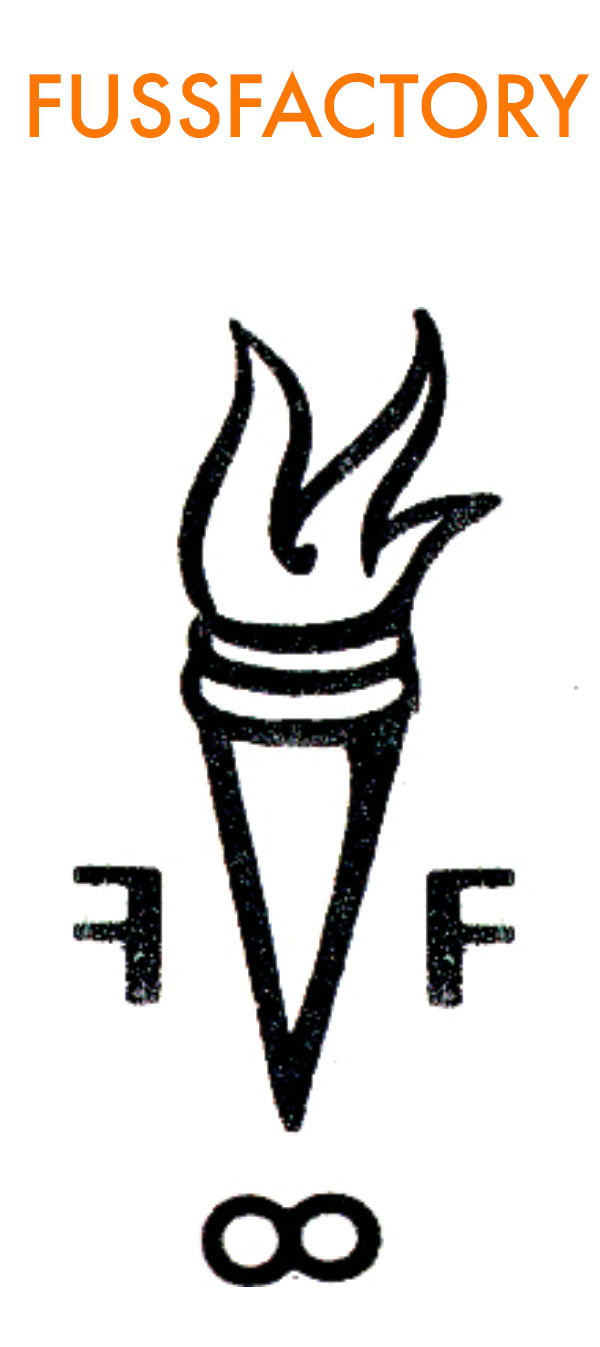#sparkchamber 020320 — Monica L. Smith
A warm #sparkchamber welcome to author, archaeologist, and urban-dweller Monica L. Smith who found her way to now by way of a meandering, purposeful path. “As a student, I had a long and pleasant series of encounters with the humanities via a brief stint as an English major, then to the world of Latin and Greek, and then into archaeology. All of those experiences certainly shaped my worldview.
“Among other things, as an undergraduate I read Aristotle’s Categories in a philosophy class, and I am still intensely interested in the whole concept of classification. When is something similar to something else, and when is it so different that it needs to be identified by its own label? How do we divide up a continuum of observations into discrete units that enable us to make comparisons among them? On my office door there is a clipping about biological species classification that asks, “Are you a lumper or a splitter?” and I think about that every day when I come to work.”
A faculty member at the University of California, Los Angeles, Monica’s principal research interests are human interaction with material culture, urbanism as a long-term human phenomenon, and the development of social complexity. And that academic interest comes roaring to life in her remarkable book, Cities: The First 6,000 Years.
The book engages a simple question: ’Why cities?’ Are they a natural step in human habitation’s evolution or a response to something else?” Drawing from decades of field and analytical work in archaeology and weaving with it a rich exploration of history, geography, and current research, her argument places cities at the center of human social experience. For Monica, the city is a social and material gesture that crosses the many and varied forms of human social difference, a modality of interconnection and mutual dependence.
“I would like for the observations that we make about ancient societies not to be considered “historical” or “old” but something more like a blueprint for the ways that we interact today. Ancient cities were much like modern ones in the way that they provided education, entertainment, and employment. And like us, people in the past turned problems into opportunities for showing off: they needed water, so they made a graceful aqueduct. We needed to cross a body of water, so we made the Golden Gate Bridge.”
She does a wonderful talk at the Long Now Foundation which is worth a view. And her book comes out in paperback on April 14th. Don’t worry, we’ll remind you.
1.] Where do ideas come from?
I tend to notice broken objects and other bits and pieces underfoot. When I see things that other people no longer notice, like an overflowing trash can or little birds clustered in a neighborhood’s lone tree, I start to wonder about all of the work and time and collective yet subconscious effort that goes into an entire system.
2.] What is the itch you are scratching?
It’s very hard to understand the motivations of a single person, but when people are in groups there are some patterns that start to make sense. How big can we stretch those patterns in the global sense? Maybe it’s through big data and amalgamations of millions of observations that we can figure out what it means to be human. Maybe it’s more like a haiku in which the most abbreviated vignette reveals a universal truism.
3.] Early bird or night owl? Tortoise or hare?
Depends on the amount of jet lag! I used to really enjoy working in the very late hours, when everyone else is asleep and there’s no curb on time. In the last decade or so I’ve appreciated mornings more, perhaps because there’s always the pressure of an upcoming appointment or class that means that I have to get to work presto with no faffing about.
4.] How do you know when you are done?
“Say something once, why say it again?” [Talking Heads, Psycho Killer]


